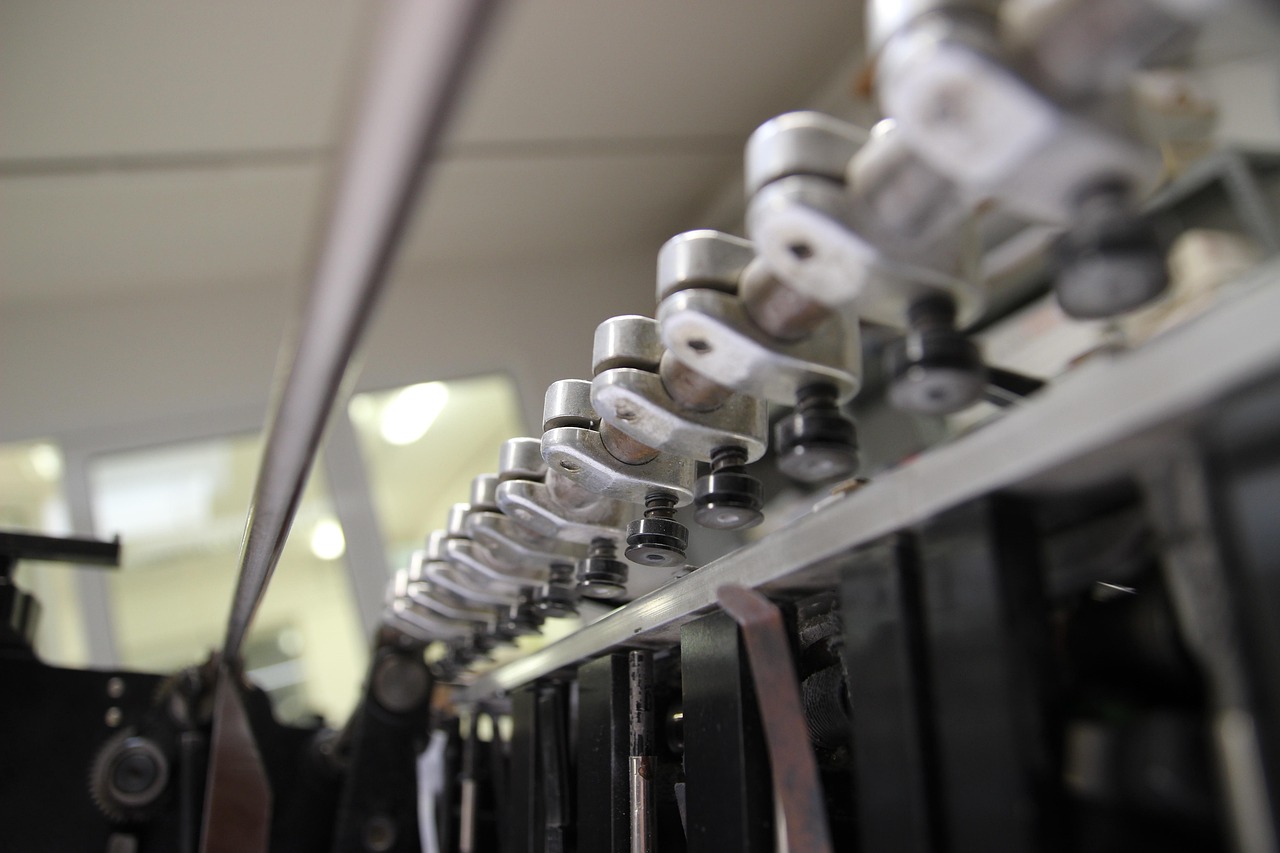Selecting the right printbase paper is crucial for businesses engaged in printing, packaging, and manufacturing. With a myriad of options available, making an informed choice can often feel overwhelming. This blog will guide you through the essential aspects to consider when selecting printbase paper for your unique printing needs, ensuring that you maximize quality and efficiency while minimizing costs.
Printbase paper serves as the foundation for printed products, impacting everything from print quality to durability. Understanding the technical specifications—such as opacity, absorbency, and surface smoothness—can significantly affect your final output. High-quality printbase paper not only enhances print clarity but also ensures compatibility with various coatings, inks, and lamination processes. Investing in the right paper can lead to better production efficiencies and improved end-user satisfaction.
"Choosing the right printbase paper can enhance print quality and durability, ultimately impacting your bottom line." – Industry Expert
In addition to the technical specifications, it’s vital to consider the specific applications and industries you serve. Different sectors, including furniture, packaging, and manufacturing, have unique requirements that dictate the type of printbase paper best suited for their needs. For instance, the furniture industry may require printbase paper that can withstand wear and tear, while the packaging sector may prioritize moisture resistance and durability.
What Specifications Should You Consider When Selecting Printbase Paper?
When evaluating printbase paper options, consider the following essential specifications:
- Opacity: Higher opacity ensures that printed colors appear vibrant and true to design, especially when layered.
- Absorbency: Proper absorbency allows for better ink adhesion, reducing the risk of smudging or fading.
- Surface Smoothness: A smoother surface enhances print clarity and reduces wear on printing equipment.
- Durability: Look for papers that can withstand physical stress, especially in heavy-use applications.
- Compatibility: Ensure the paper is designed for use with the specific coatings and inks you plan to employ.
By understanding these specifications, you can select printbase paper that not only meets your printing requirements but also enhances the overall quality and longevity of your products. For example, using a high-opacity, smooth printbase paper can yield superior print results for high-end packaging solutions.
Real-World Applications of Printbase Paper
In the furniture sector, high-quality printbase paper can be utilized for decorative laminates, enhancing the aesthetics and functionality of surfaces. Our case study with a leading furniture manufacturer revealed that switching to a premium printbase paper resulted in a 20% increase in customer satisfaction due to improved print quality and durability.
For packaging applications, such as food-grade containers, the right printbase paper paired with our polyethylene (PE) coating technology can create a robust barrier against moisture and contaminants. This combination has proven to extend shelf life significantly, providing a competitive advantage in the market.
Conclusion: Invest in Quality for Enhanced ROI
Investing in high-quality printbase paper is not merely a cost but a strategic decision that can lead to improved product quality, customer satisfaction, and ultimately, ROI. By choosing the right specifications and understanding the unique needs of your industry, you position your business for success in a competitive landscape. To explore our range of printbase paper solutions tailored for your specific applications, Request a Technical Consultation or Download Our Spec Sheet today.
